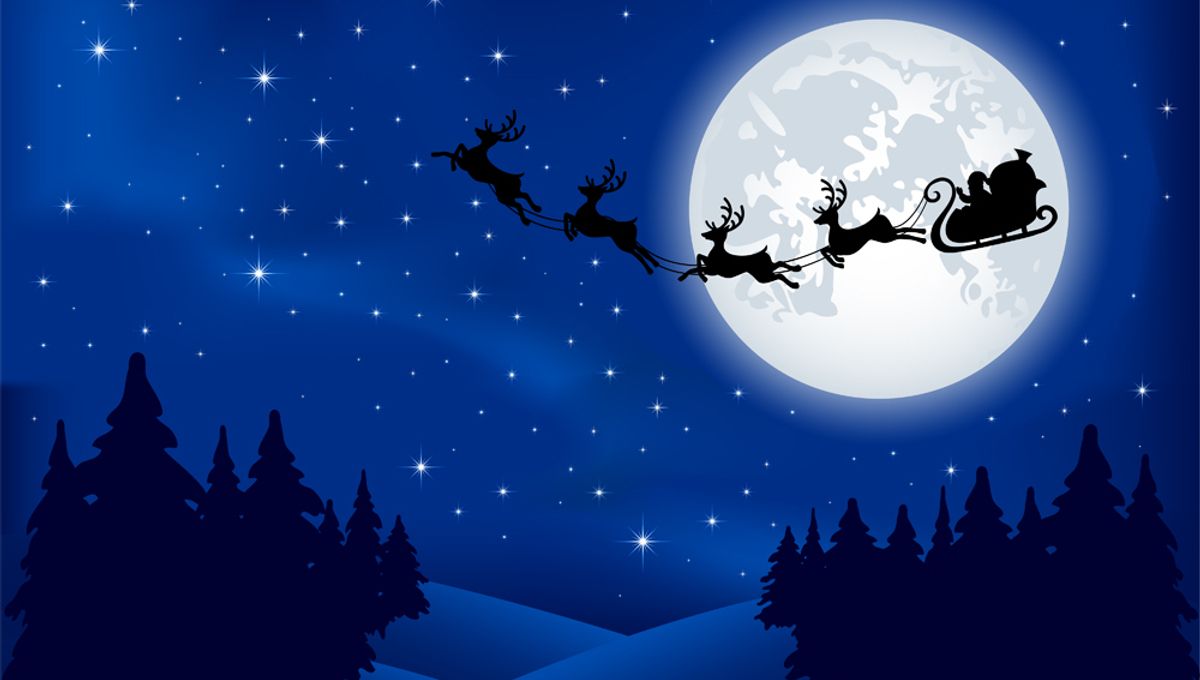
With impeccable timing, the International Space Station (ISS) will be making its annual trek across the night sky on Christmas Eve – so if you are a parent, guardian, or know a small person who will be delighted to see “proof” of Santa on his busy mission, here’s how you win all the brownie points.
This year offers up a few opportunities to spot the ISS whizzing across the skies on both Christmas Eve and Christmas Day, though it depends on where you are and you’ll have to get up pretty early to catch it.
Unlike the jolly fat man though, the ISS doesn’t show up just once a year in the holidays to help us get In the festive spirit. Traveling at 28,160 kilometers per hour (17,500 miles per hour), it orbits Earth 16 times a day, once every 90 minutes. If you’re an astronaut on the ISS, that means you get to experience 16 sunrises and sunsets every day (hence so many spectacular photos). However, every orbit covers a different part of Earth, so not everyone will be lucky enough to see Santa (and our space travelers) as he whooshes by.
That means for us – most of the Northern Hemisphere and parts of the Southern – we should be able to see Santa’s sleigh zoom past from around 6 am onwards on December 24, and then 5 am on December 25.
Of course, those times will be different depending on where you are on the planet, which is where NASA’s Spot the Station tool steps in. Just enter your location and it will offer up all viewing opportunities from now until December 31.
For example, in New York, you will be able to see the satellite fly overhead at 6:02 am local time on Christmas Eve and 5:16 am on Christmas day. In London, you’ll get two chances to spot it, once at 4:50 am local time on December 24 and again at the slightly more acceptable 6:23 am, and you get a choice of 5:37 am or 7.10 am on December 25. It will only be visible for 1-5 minutes each time, so be prompt.
The darker the sky, the better you’ll see the ISS. The brightness of the satellite can vary depending on location, altitude, and – because it has no light of its own – how much sunlight is reflecting off it, which is why satellites are best seen just after sunset or before sunrise.
Here are a couple of tips to help you single it out: It will appear in the sky going from west to east, it’s very fast, and will appear as a constant bright light – no flashing or twinkling.
Don’t forget to wave at the astronauts and cosmonauts on board as they go by at 408 kilometers (253 miles) above Earth. Santa will probably be too busy to wave back. After all, he has a lot to get done in one night.
Source Link: How To Watch "Santa’s Sleigh" Whizz Through The Sky On Christmas Eve